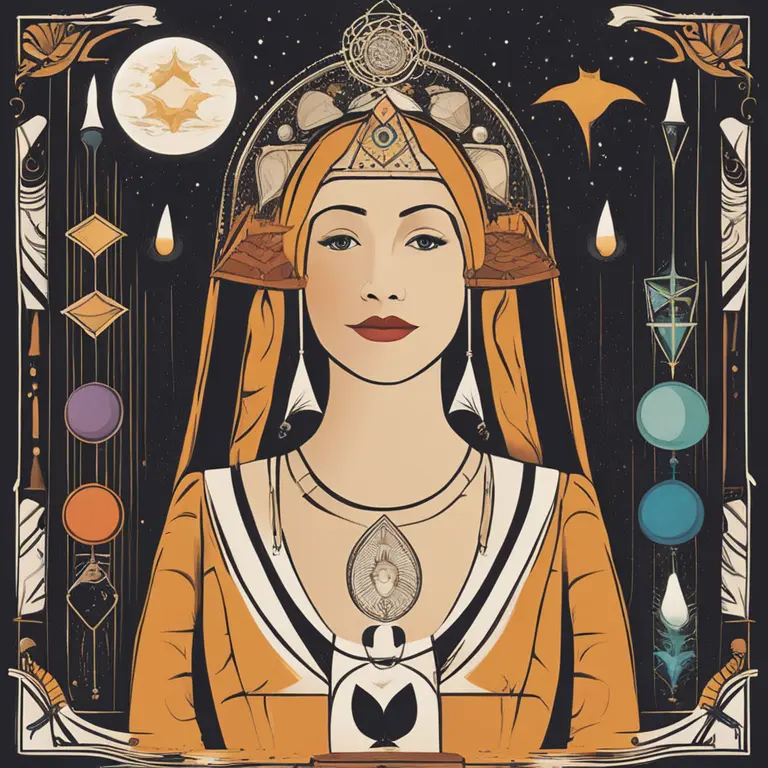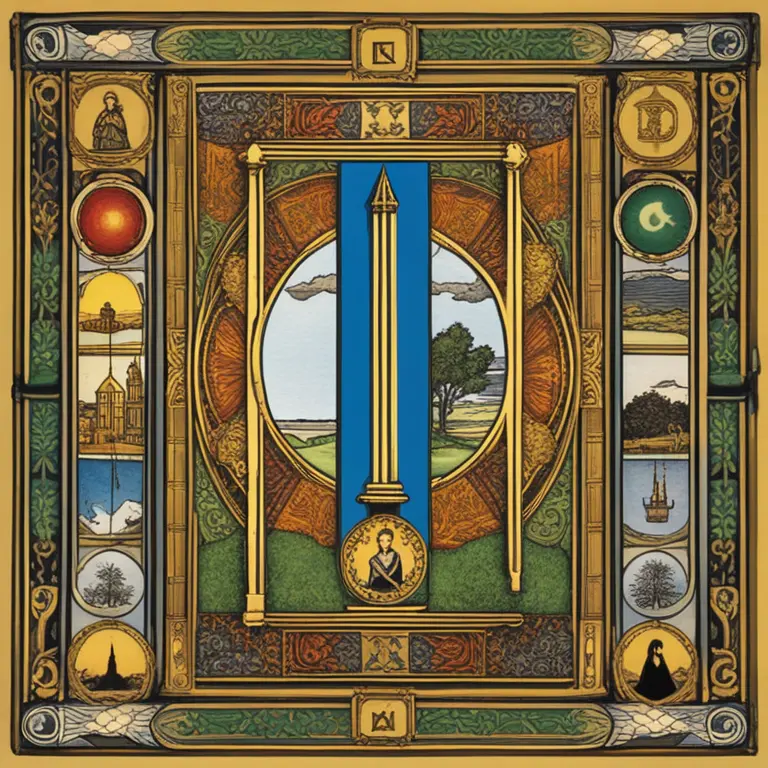
The Essence of Tarot
The world of tarot is enigmatic, shrouded in mysticism and adorned with rich symbolism. Initially emerging in the mid-15th century, tarot cards were used for playing various card games. It wasn't until the 18th century that they became a tool for divination. Today, the acceptance of tarot cards delves beyond mere fortune-telling. It's a medium for self-reflection and guidance, a mirror to the subconscious, rather than a crystal ball to predict the future. Every card in a tarot deck carries a multitude of meanings, each intricately linked to human experiences and emotions.

Relevance of Tarot in the Modern World
Despite its ancient origins, tarot readings continue to offer relevance in modern society. Far from being an attempt to see into the future, these readings provide clarity and insight to one's current life situation. As we move through 2024 and beyond, individuals seek personal understanding and growth, and tarot stands as a valuable resource in this journey of self-discovery. Each reading is a unique interaction between the individual's thoughts and the imagery of the cards, resulting in personalized wisdom and advice.

Interpreting the Symbols
Tarot cards are an amalgam of symbols and archetypes that speak a universal language. Each deck is a structured system where every card reverberates with its own frequency and meaning. Interpreting the cards is a nuanced process where the reader draws upon their intuition and knowledge of the symbolic language to unravel the messages within the spread. This close interaction with the symbols enables a deeper connection to the psyche, unveiling profound personal insights that are often surprising in their accuracy and relevance.

The Personal Connect
Critics often dismiss tarot as a form of confirmation bias. However, a skilled reader's interpretive abilities transcend this skepticism. Tarot readings foster a bond with the inner self, as they reflect the reader's subconscious thoughts and feelings. This may explain why individuals find tarot readings profound, the cards often highlighting aspects of life that need attention or consideration. The real power of tarot lies not in predicting a preordained future but in empowering individuals to shape their own destiny with newfound awareness.
A Glimpse into the Collective Unconscious
Carl Jung, the Swiss psychiatrist, emphasized the concept of the collective unconscious, which finds resonance in tarot readings. According to Jung, tarot archetypes represent the different facets of human life and experiences. This shared psychological space is where tarot readings draw their true power from, providing a window into the collective unconscious. As the world navigates through the trials and tribulations of the 2020s, tarot cards serve as a guide to understanding the collective experiences and navigating personal challenges within the grand tapestry of life.
The Skeptics and Believers
The debate over tarot's validity is ongoing. Skeptics often point to the lack of empirical evidence supporting tarot's efficacy, while believers advocate for its transformative personal significance. While the scientific community may not fully endorse tarot as a tool for predicting the future, many concede that its value lies in psychotherapeutic settings. Tarot readings can be a form of narrative therapy, helping individuals construct stories that bring meaning and context to their lives, what many may call "real" in a profound sense.
Published: 1/17/2024
Modified: 1/17/2024
More predictions
Come back here soon to learn more about yourself and your future


The Tarot Card of Gemini: A Symbolic Connection
Discover the tarot card that embodies the dynamic essence of Gemini, and how its symbolism correlates with this zodiac sign's characteristics.


The Power of Tarot in Personal Insight
Discover how tarot readings can provide guidance, clarity, and perspective in our lives, offering a unique tool for personal growth and self-awareness.


The Essence of Tarot: Beyond the Supernatural?
Are tarot cards merely cards, or do they hold supernatural essence? This article delves into the mystical realm of tarot to uncover its true nature.